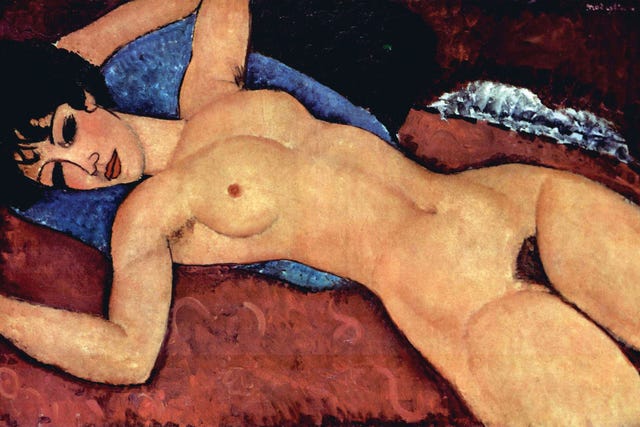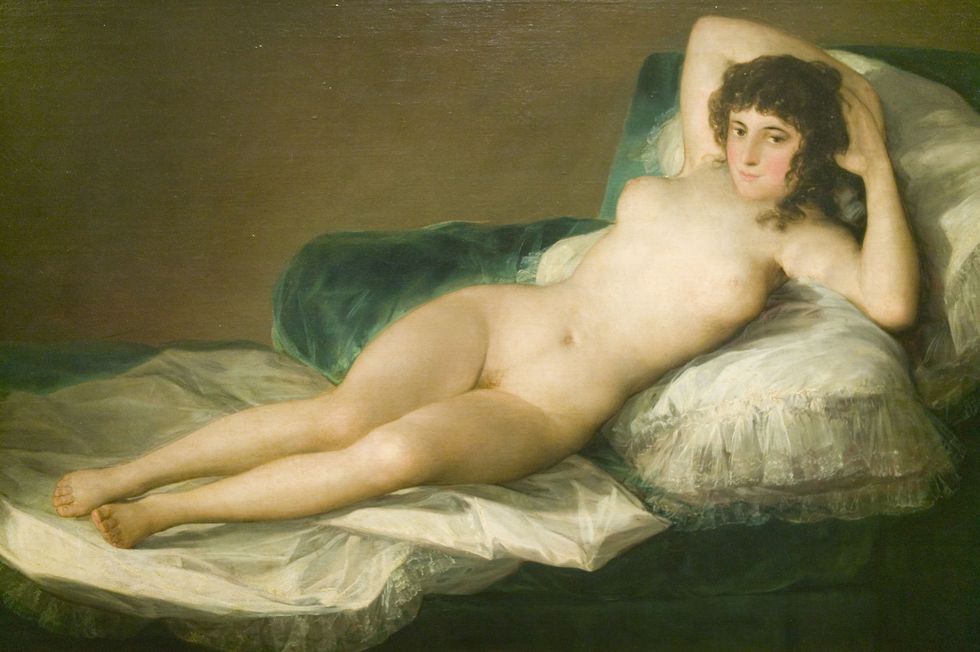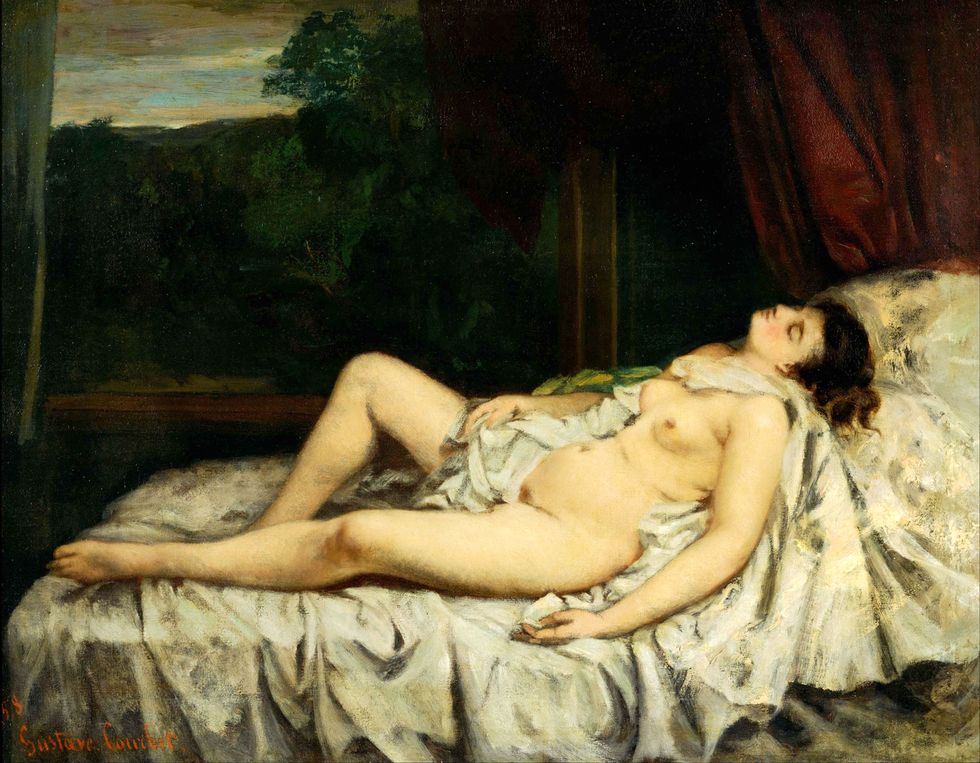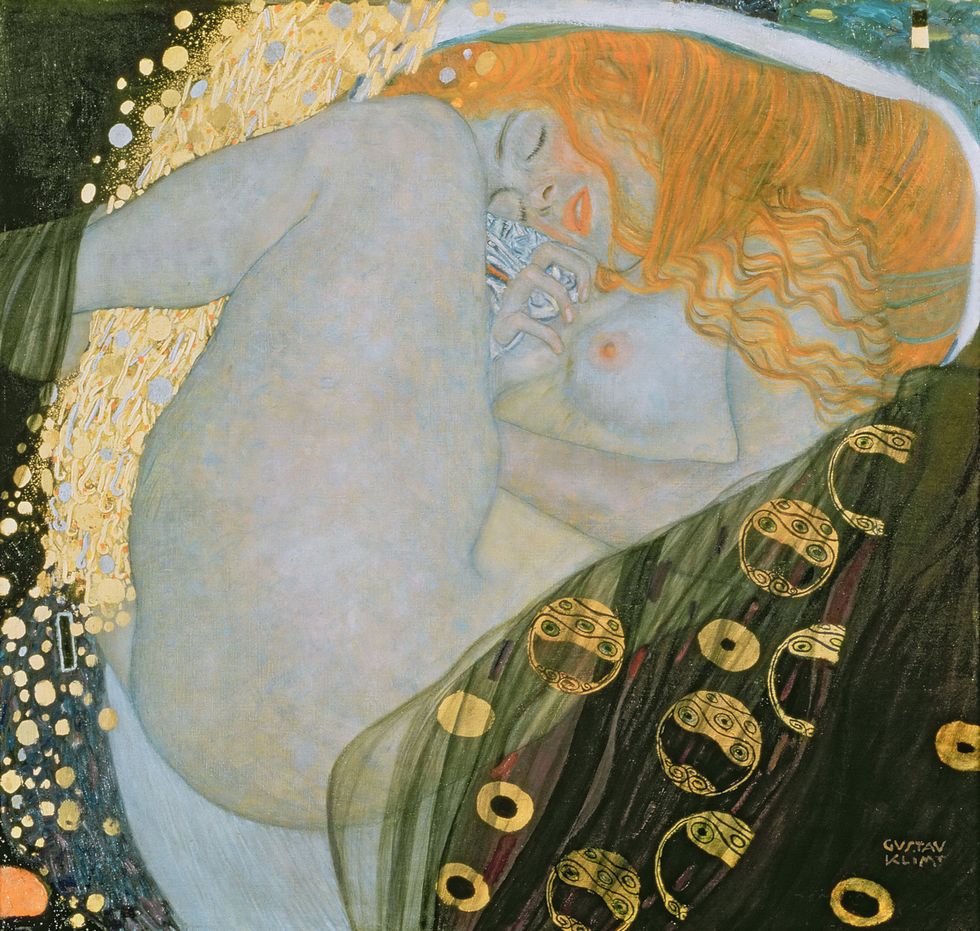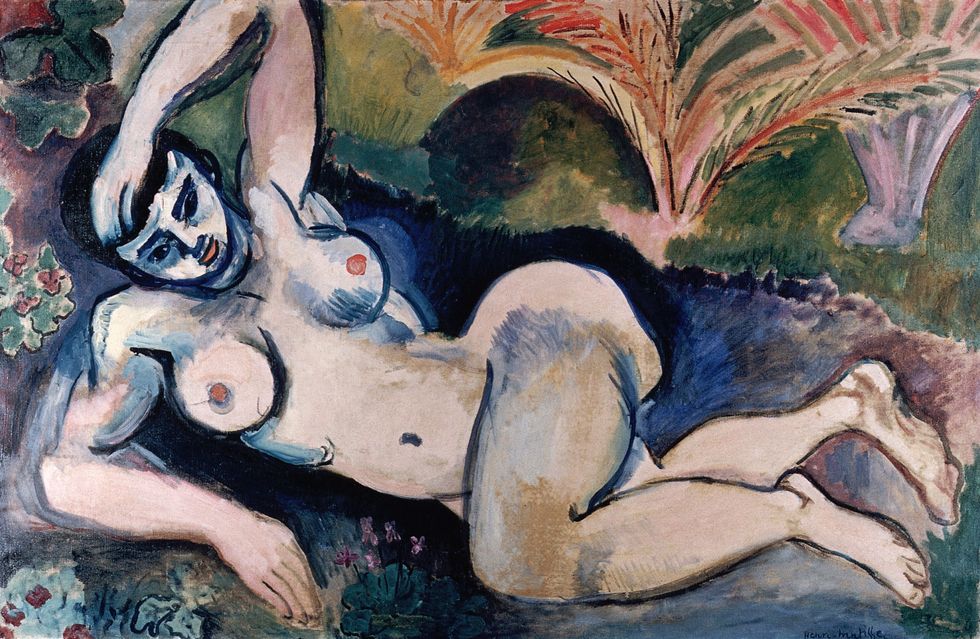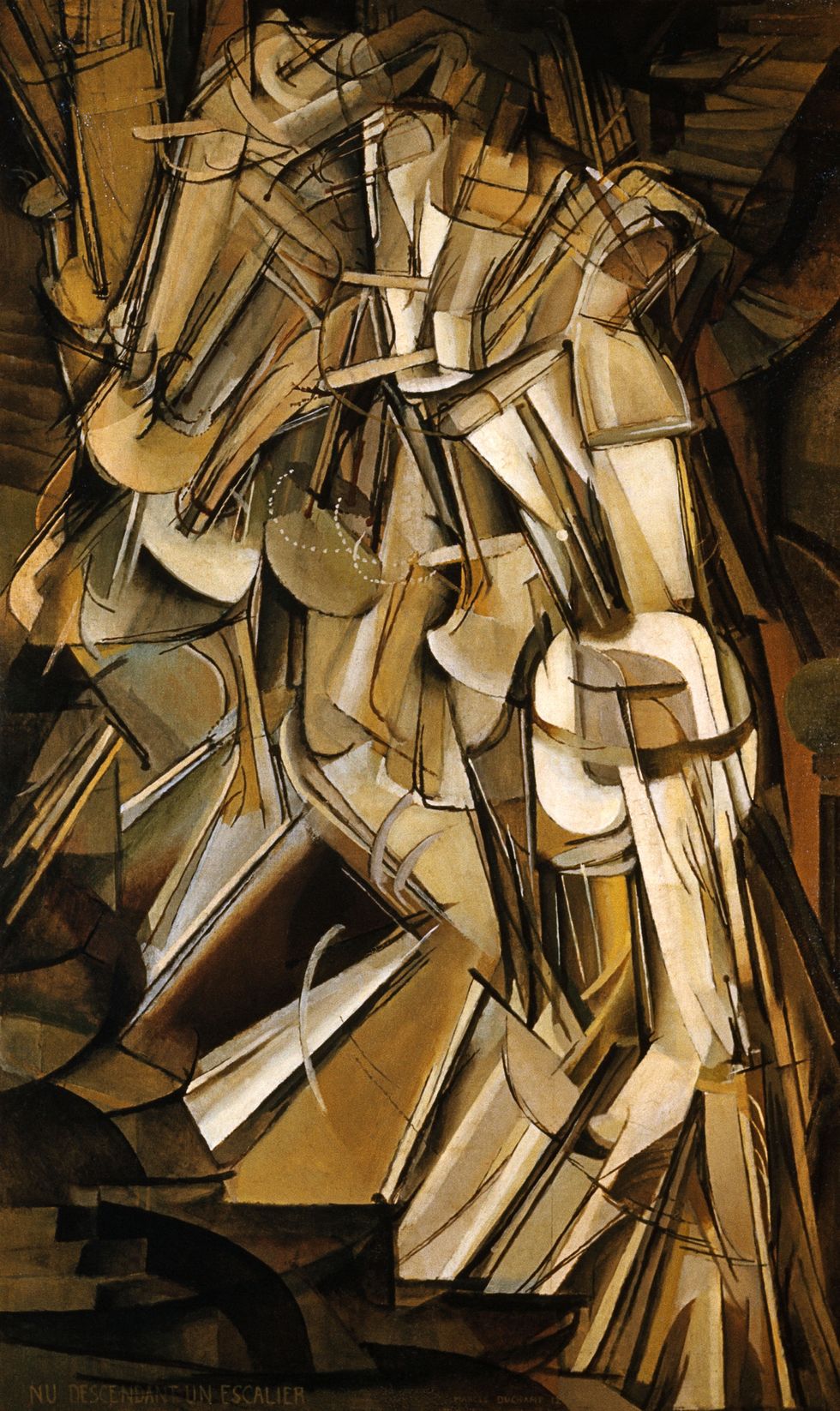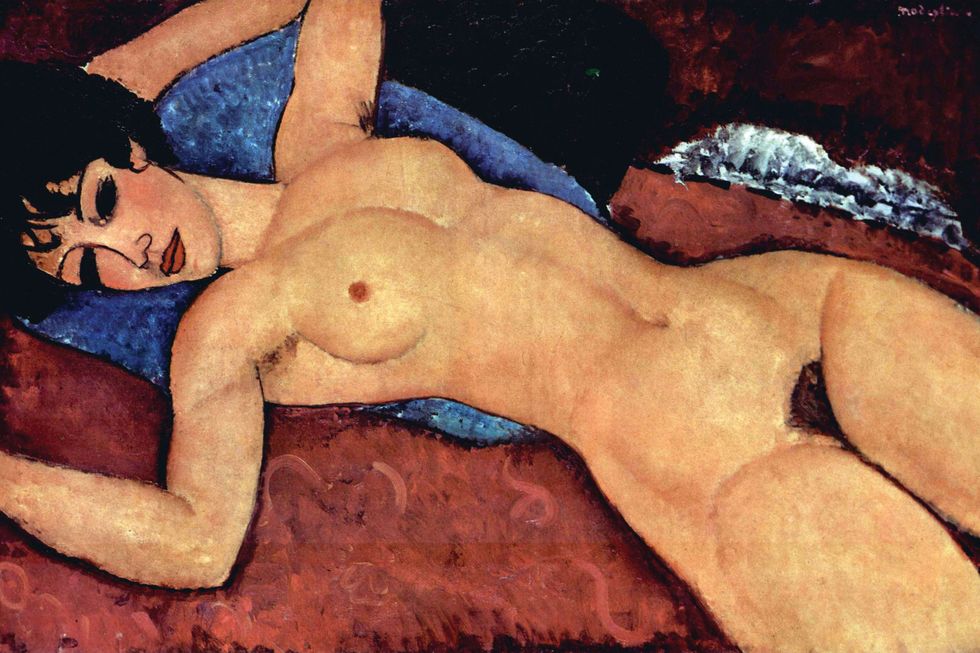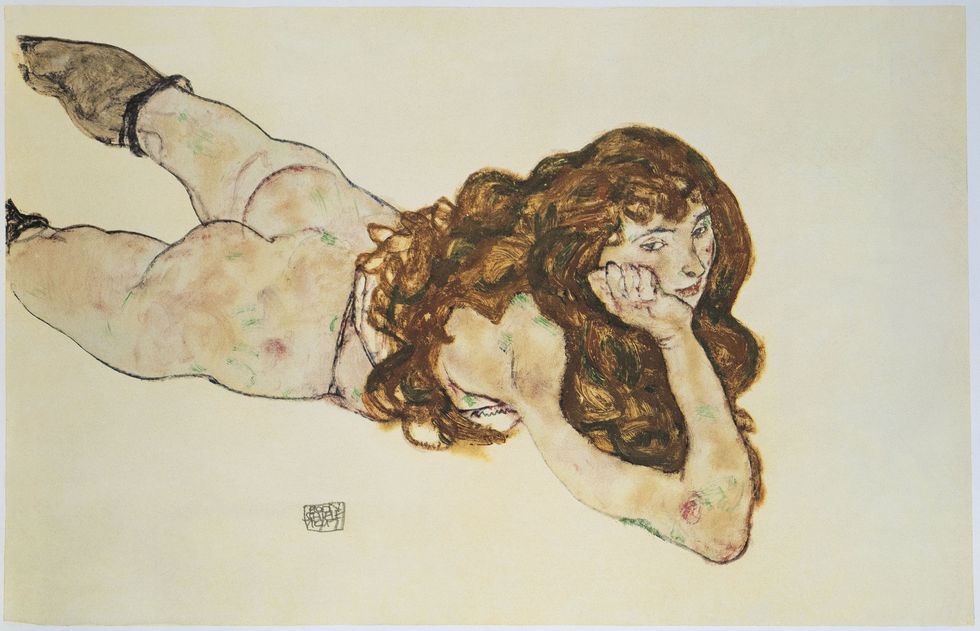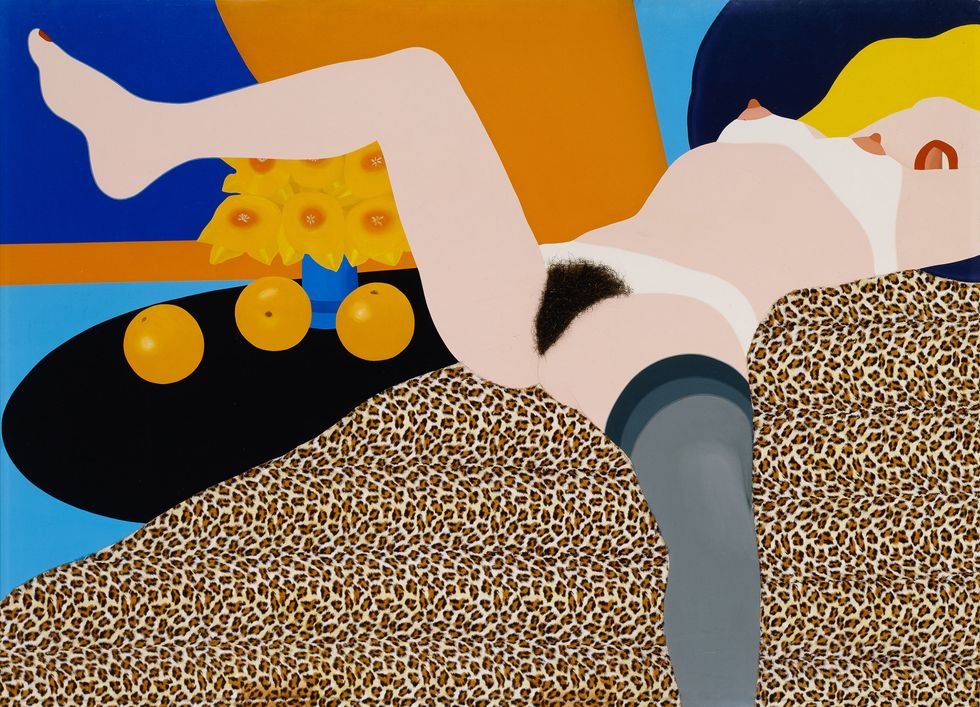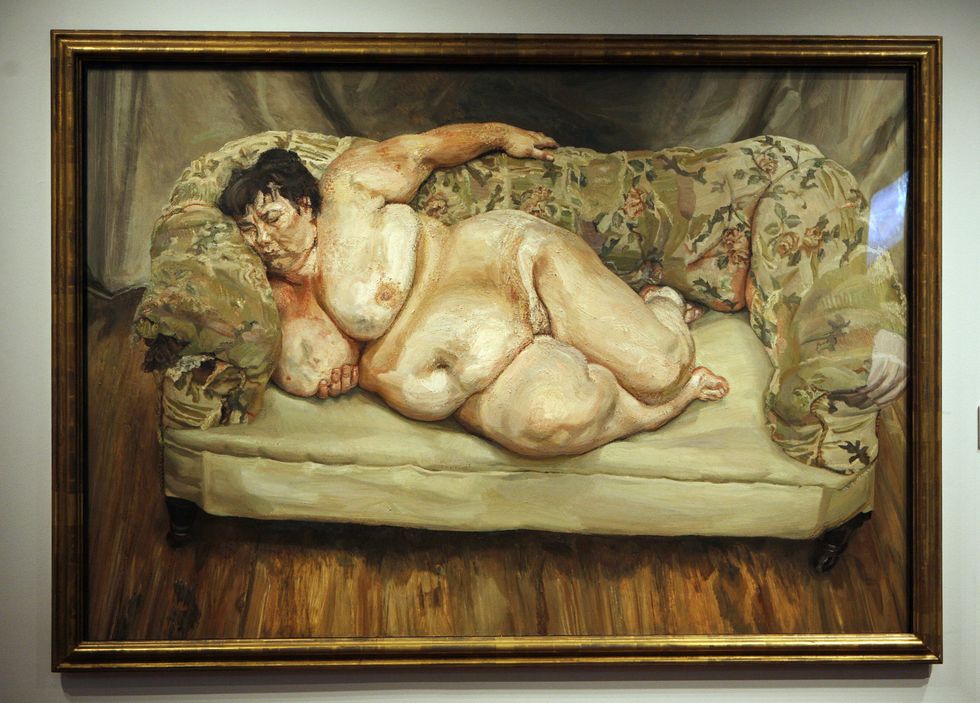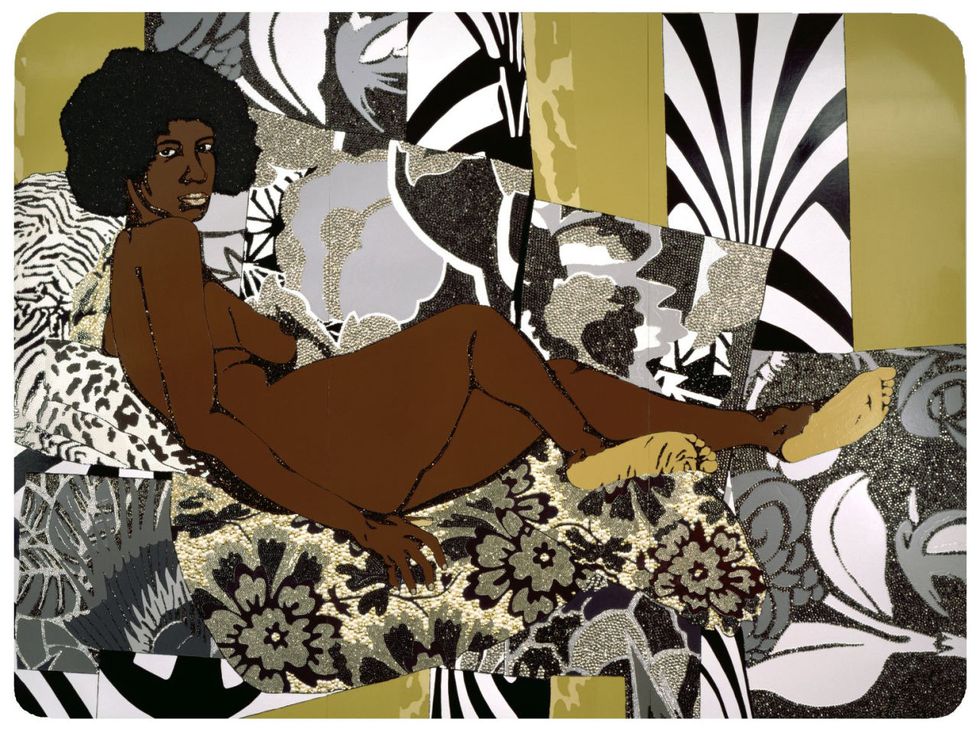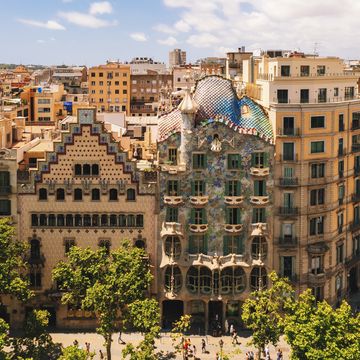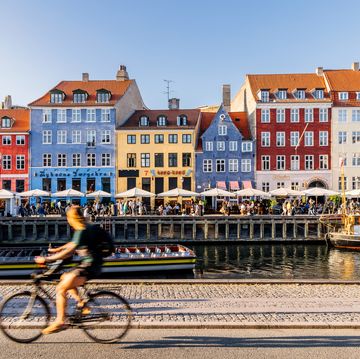Quadri e nudi: i 10 dipinti che hanno cambiato la storia dell'arte
Guidati da Sara Friedlander - vice presidente della casa d'aste Christie's - viaggiamo tra i 10 nudi più famosi e importanti nella storia dell'arte, da Goya ai giorni nostri
By Sara Friedlander
Se volessimo essere esaustivi per parlare di nudo nella storia dell'arte, dovremmo riempire un'enciclopedia. Possiamo invece identificare i 10 quadri che, con il nudo femminile, hanno cambiato quella storia e tracciato nuove strade. Ci facciamo aiutare da Sara Friedlander, vicepresidente di Christie's, casa d'arte tra le più prestigiose al mondo.
Watch Next

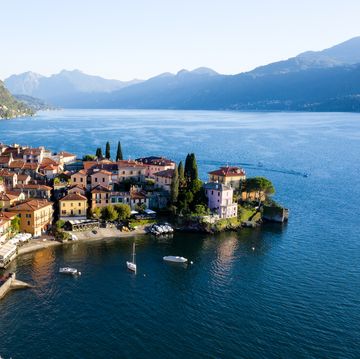
La gita al lago a bordo di un treno storico

Created By Lexus
Lexus ci racconta il futuro

Perché e come viaggiare in moto per le vacanze

Zona Elle: l’arte, il cibo, la city, te la spiego
Pubblicità - Continua a leggere di seguito
Pubblicità - Continua a leggere di seguito
